Volvo XC40 is at the cutting edge of car design, remodeling the image of the compact SUV
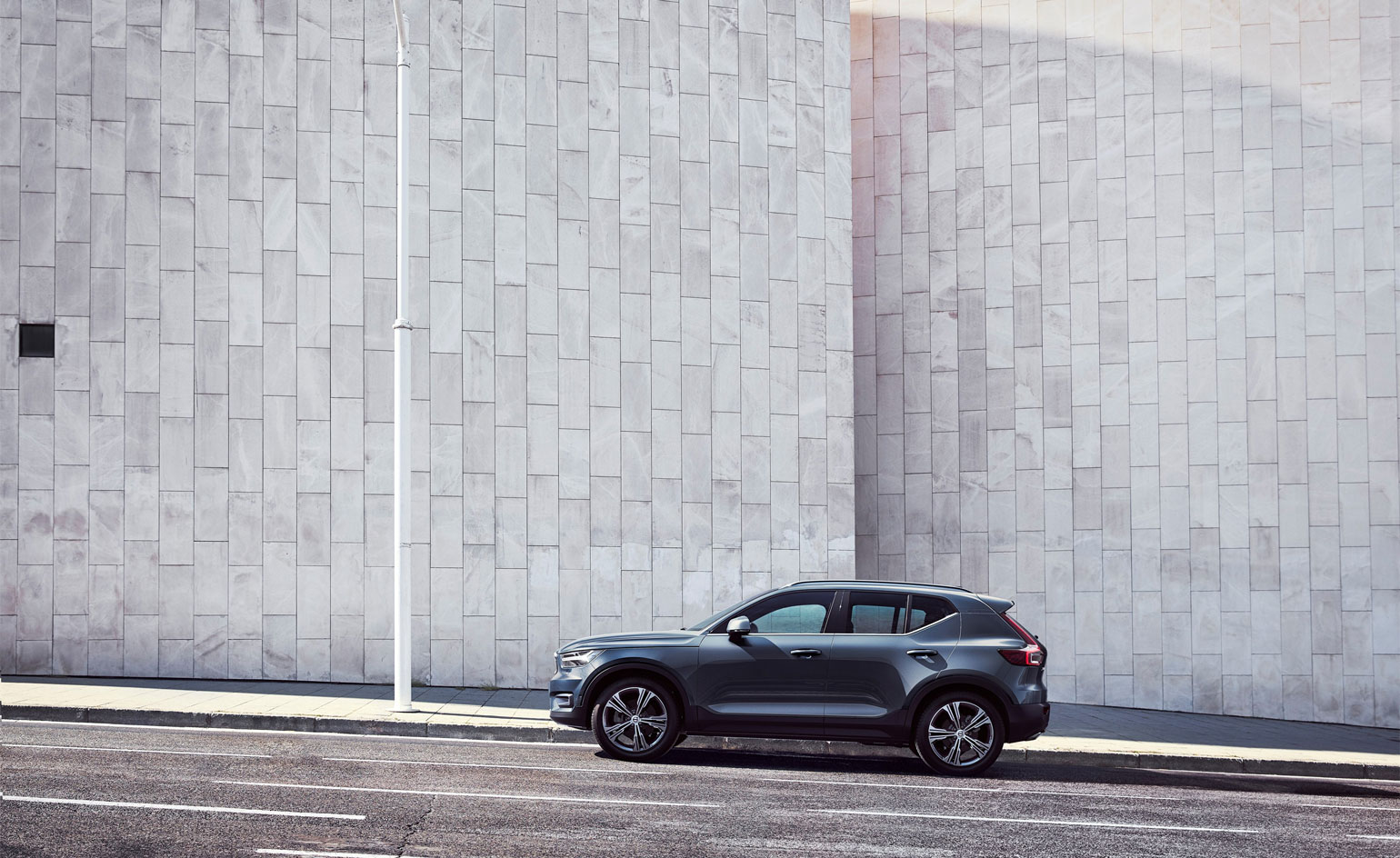
Are cars getting smaller? All evidence points to the contrary. Most city dweller would agree that the metal carapaces that whizz around the modern metropolis are getting bigger and bigger. For reasons of raw economics and naked desire, the car type that has defined the century to date is the SUV, a vehicle that is by its very nature bigger and more brutish than a ‘conventional’ car. So can this high-riding attitude be successfully transplanted into a smaller package?
Most manufacturers seem to think so. Buoyed by the success of the Nissan Juke, a gawky-looking vehicle from 2010, a rash of ‘design-led’ subcompact crossover SUVs has flooded onto the market, explicitly aimed at young, urban buyers. While the original SUVs vied with themselves for scale and presence, the compact SUV market is racing to improve quality, with ‘design’ being used as tempting bait to lure in the kind of buyer who considers themselves deserving of more than a humble hatchback.
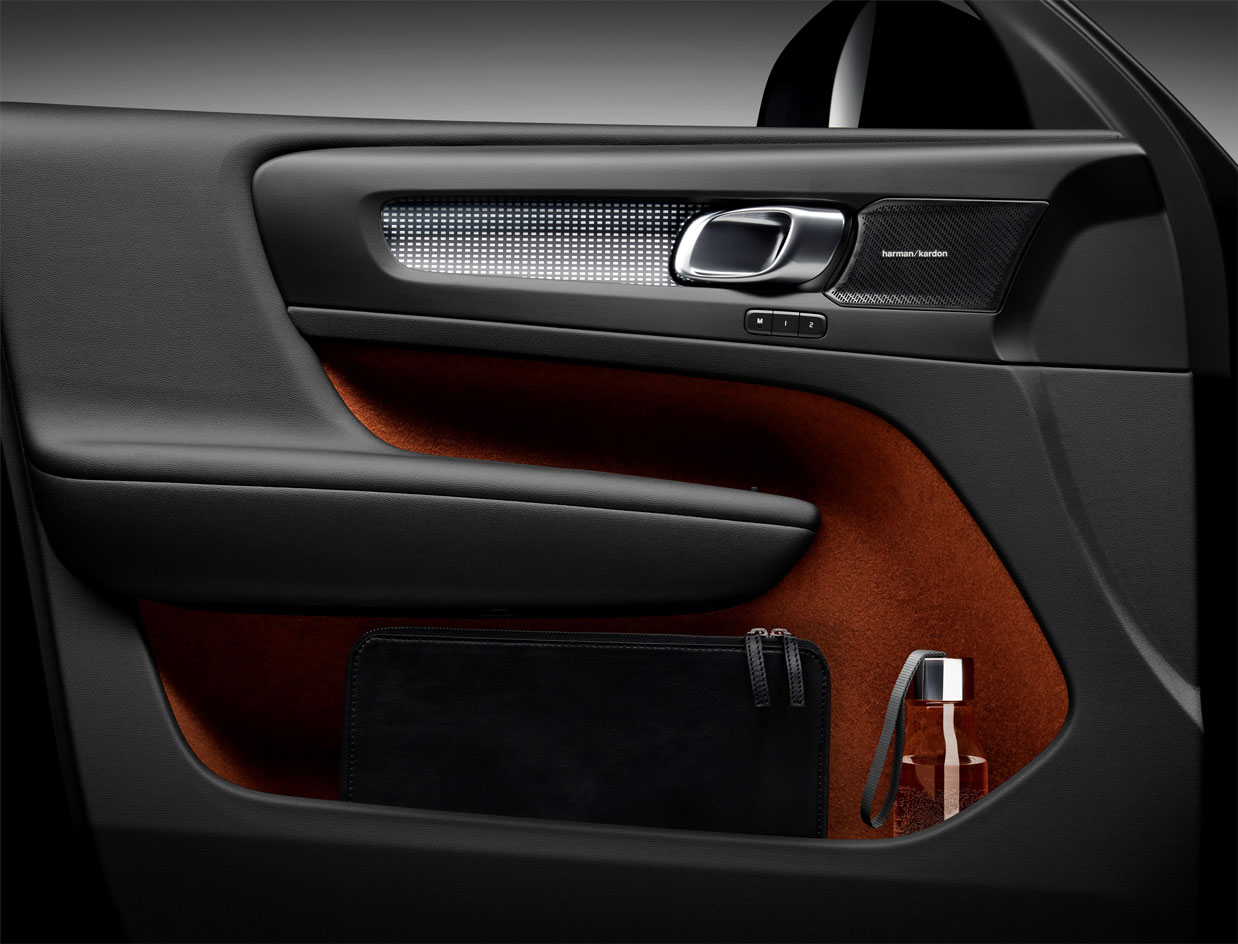
Interior view of the Volvo XC40
Volvo’s XC40 is the latest car to enter the fray. Explicitly positioned as a ‘designer object’, even down to the little rubber Swedish flag that pokes out from between the body panels like a clothing tag, the XC40 is relatively compact, undeniably trim and very pleasant place to sit. In the space of a few short years, Volvo has leapfrogged to the top tier of car interior design, snapping at the heels of previously unassailable companies like Audi. The XC40 has a similar touchscreen set up to its larger siblings the XC60 and XC90, and it’s a beautifully tailored interface that is fast and intuitive. The bodywork is a little more expressive than we’ve come to expect from these sober Swedes, with a chunky, blade-like D-pillar that kicks up from the back door and dovetails into Volvo’s signature arrow-like rear lights.
The XC40 is currently advertised by spots that dutifully fulfil all the tropes of the genre by showing the driver escaping the complexity and chaos of the modern city. But behind this familiar idealism Volvo is hard at work changing the way cars and bought and used. With the new Care by Volvo service, the dark arts of car ownership are distilled into something as simple as a mobile phone contract. The package varies from territory to territory, but in the US, for example, a high-spec XC40 can be had for $700 a month, with all servicing and insurance thrown in, plus the option to borrow other kinds of Volvos for up to 14 days a year.
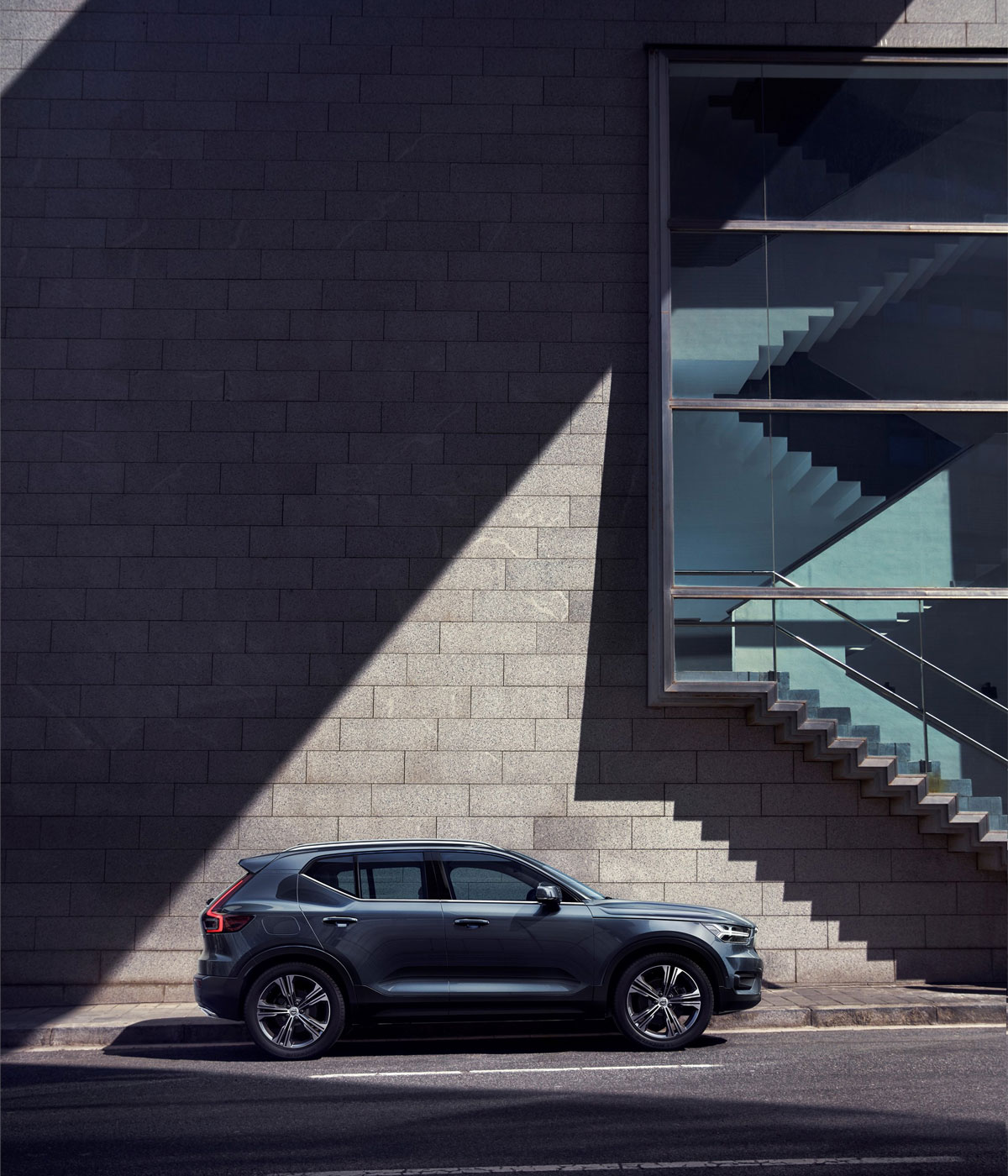
Side view of the Volvo XC40
While the XC40 is perfectly pleasant to drive, it’s also relatively conventional in this debut form. The platform beneath it, however, needs to do a lot. Volvo is owned by Geely sits on their Compact Modular Architecture platform, a chunk of engineering that will also be common to the first products by Lynk & Co, Geely’s new start-up brand.
Volvo’s decades-long heritage imbues the XC40 with some pretty solid values, all of which it lives up to – safety, solidity, stoic simplicity. The company’s safety heritage in particular changed the entire industry’s approach. Almost a year ago, Volvo stole another march on its competitors by announcing it would only produce electric and hybrid vehicles from 2019; other manufacturers scrambled to follow suit. And if enough people eschew convention and start treating their cars like upgradeable gadgets, Volvo could once again be at the cutting edge of how we use our cars.
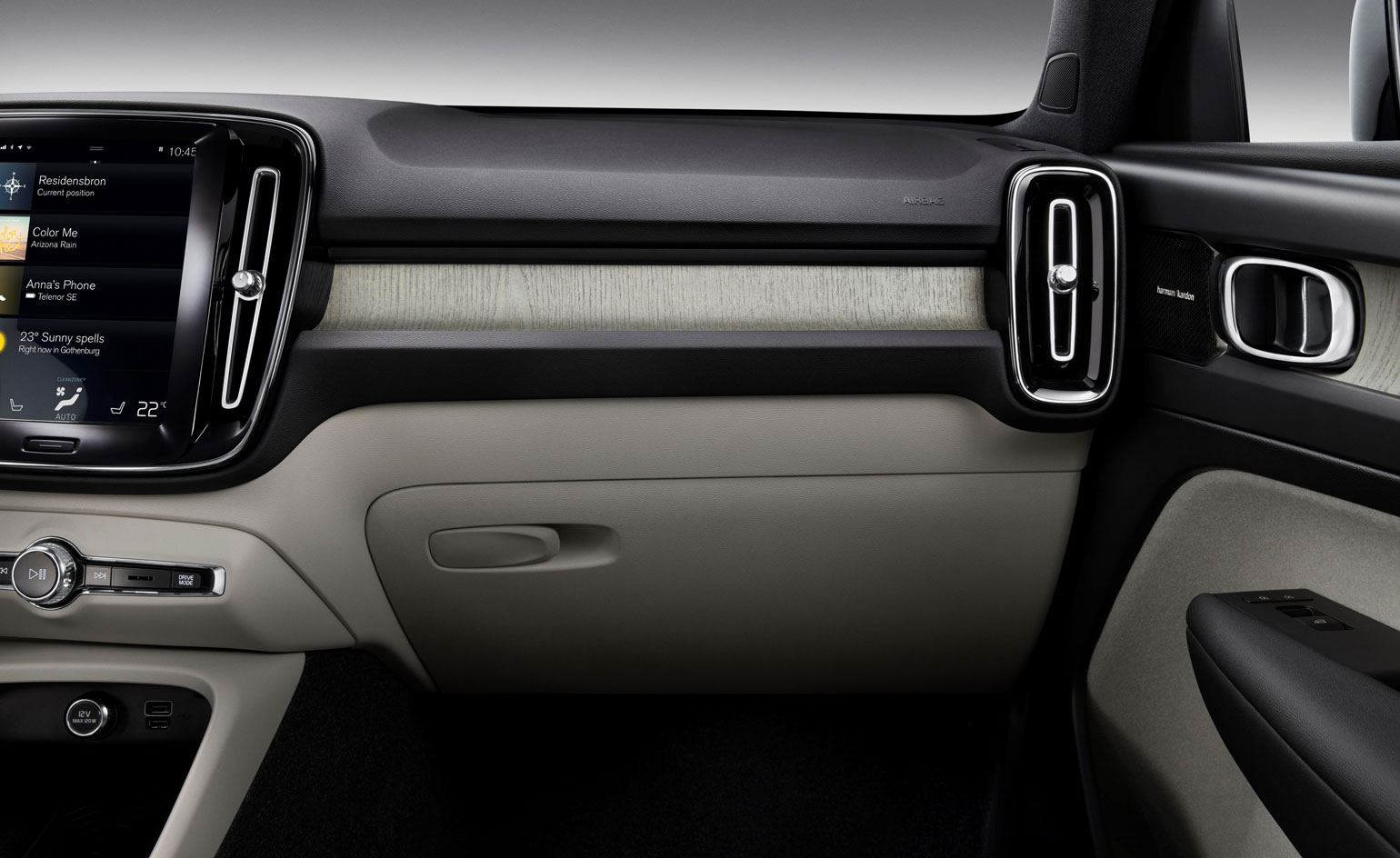
Volvo XC40 is explicitly positioned as a ‘designer object’
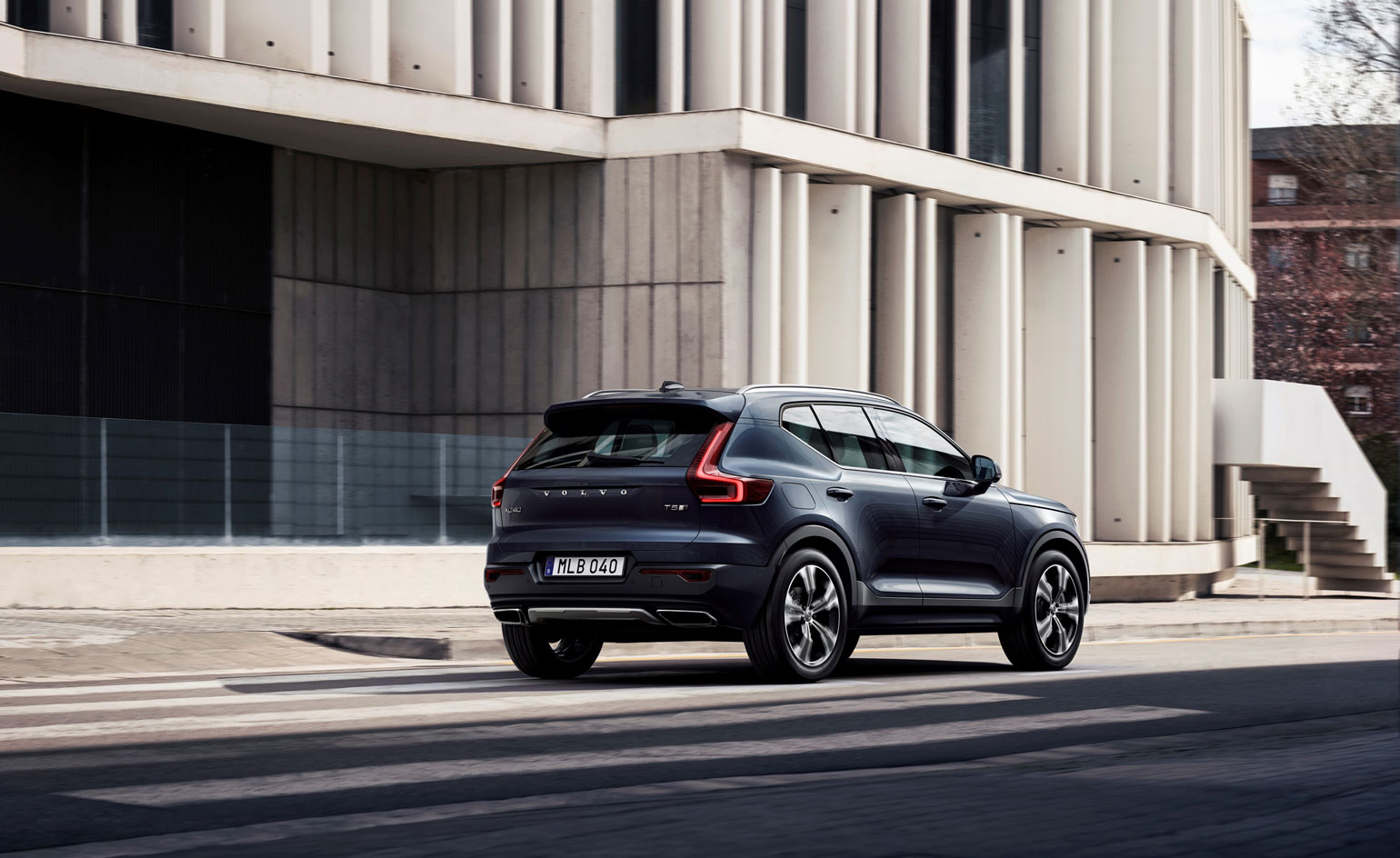
The bodywork comprises a chunky, blade-like D-pillar that kicks up from the back door and dovetails into Volvo’s signature arrow-like rear lights
INFORMATION
Volvo XC40, from £27,905. First Edition with option as tested, £40,055. For more information, visit the Volvo website
Wallpaper* Newsletter
Receive our daily digest of inspiration, escapism and design stories from around the world direct to your inbox.
Jonathan Bell has written for Wallpaper* magazine since 1999, covering everything from architecture and transport design to books, tech and graphic design. He is now the magazine’s Transport and Technology Editor. Jonathan has written and edited 15 books, including Concept Car Design, 21st Century House, and The New Modern House. He is also the host of Wallpaper’s first podcast.
-
 Zaha Hadid Architects’ spaceship-like Shenzhen Science and Technology Museum is now open
Zaha Hadid Architects’ spaceship-like Shenzhen Science and Technology Museum is now openLast week, ZHA announced the opening of its latest project: a museum in Shenzhen, China, dedicated to the power of technological advancements. It was only fitting, therefore, that the building design should embrace innovation
-
 ‘The work is an extension of myself’: Michaela Yearwood-Dan on her debut show at Hauser & Wirth
‘The work is an extension of myself’: Michaela Yearwood-Dan on her debut show at Hauser & WirthLondon-based artist Michaela Yearwood-Dan continues her rapid rise, unveiling monumental new paintings in ‘No Time for Despair’
-
 Palace’s collaboration with Cutler and Gross will be this summer’s most sought-after sunglasses
Palace’s collaboration with Cutler and Gross will be this summer’s most sought-after sunglassesPalace and Cutler and Gross make an early play for the sunglasses of the summer with their new collaboration, which comprises three retro-inflected styles (and a touch of 18-carat gold)
-
 Volvo takes to the snowy Swedish wilderness to reveal its new EX30 Cross Country
Volvo takes to the snowy Swedish wilderness to reveal its new EX30 Cross CountryThe Volvo EX30 Cross Country is a chunkier sibling for one of our favourite small electric cars
-
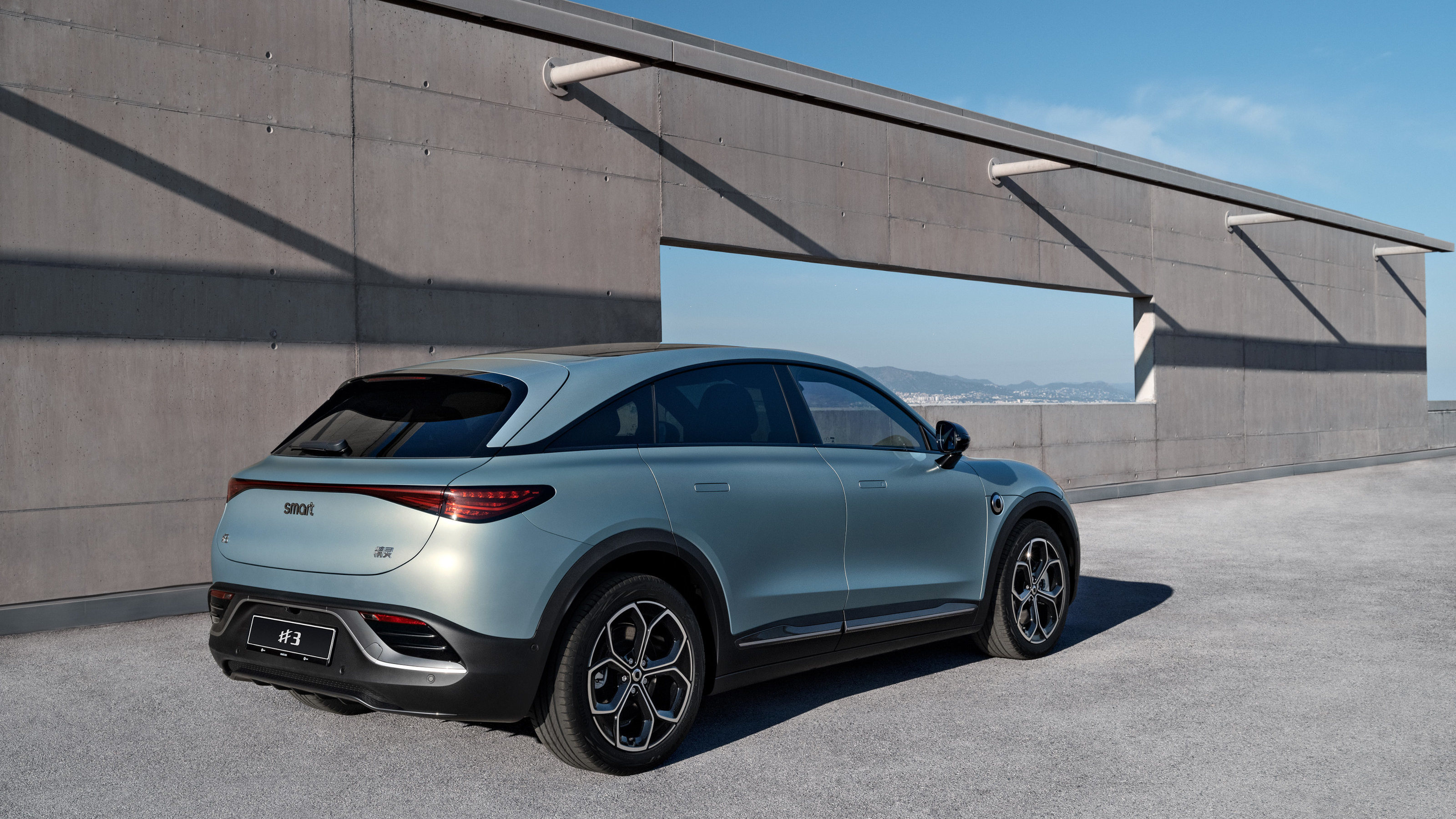 Volvo’s ultra-efficient EX30 compact EV gets its first real competition, the new Smart #3
Volvo’s ultra-efficient EX30 compact EV gets its first real competition, the new Smart #3We experience the highly rated Volvo EX30 and Smart’s most recent foray into pure electric cars, the #3. Which is the best executed small SUV?
-
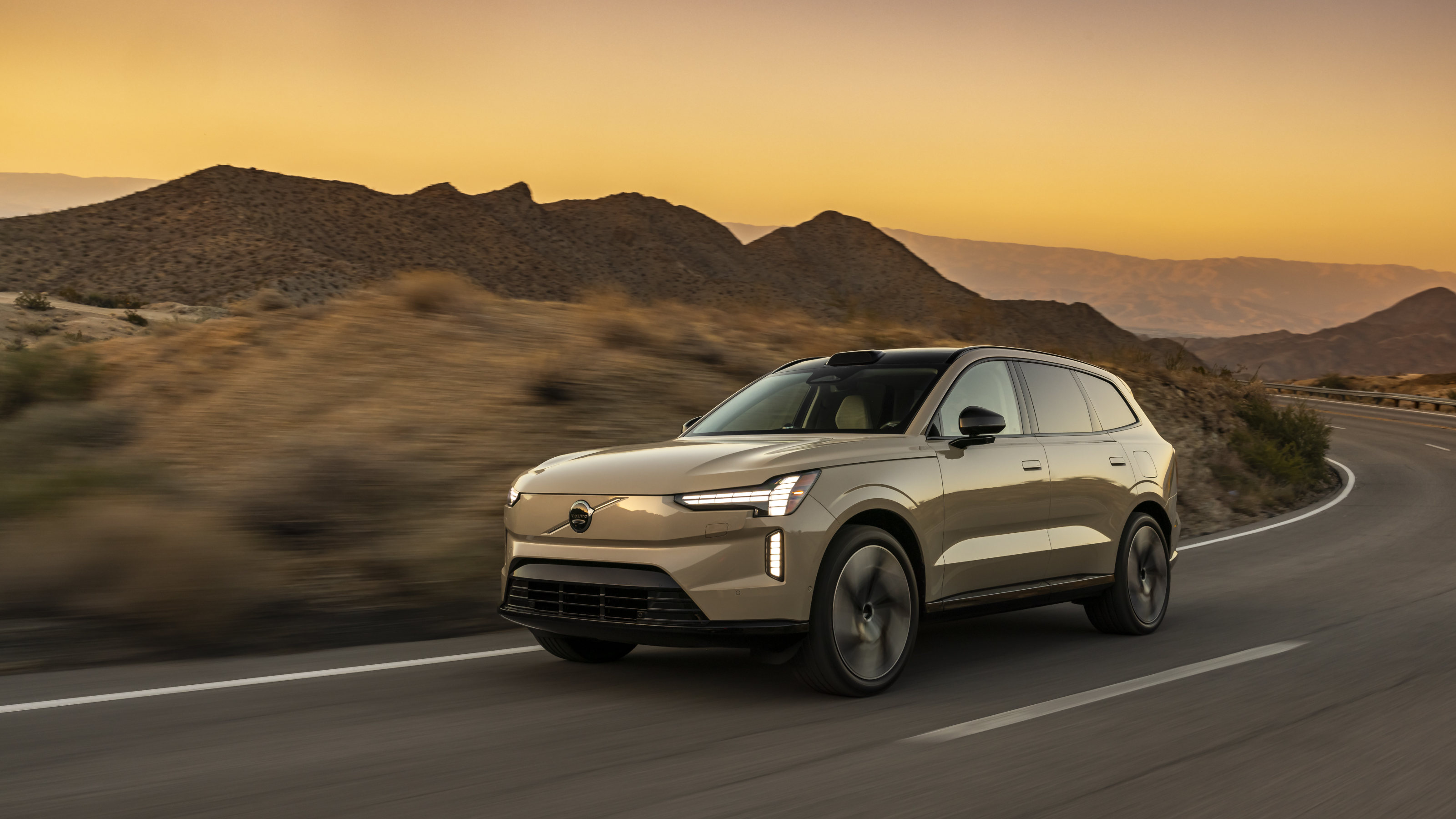 The new Volvo EX90 is the brand’s flagship EV. We take it for a spin in Newport Beach
The new Volvo EX90 is the brand’s flagship EV. We take it for a spin in Newport BeachVolvo might have broken out of the box, but it’s still a byword for solidity, simplicity and subtle charm
-
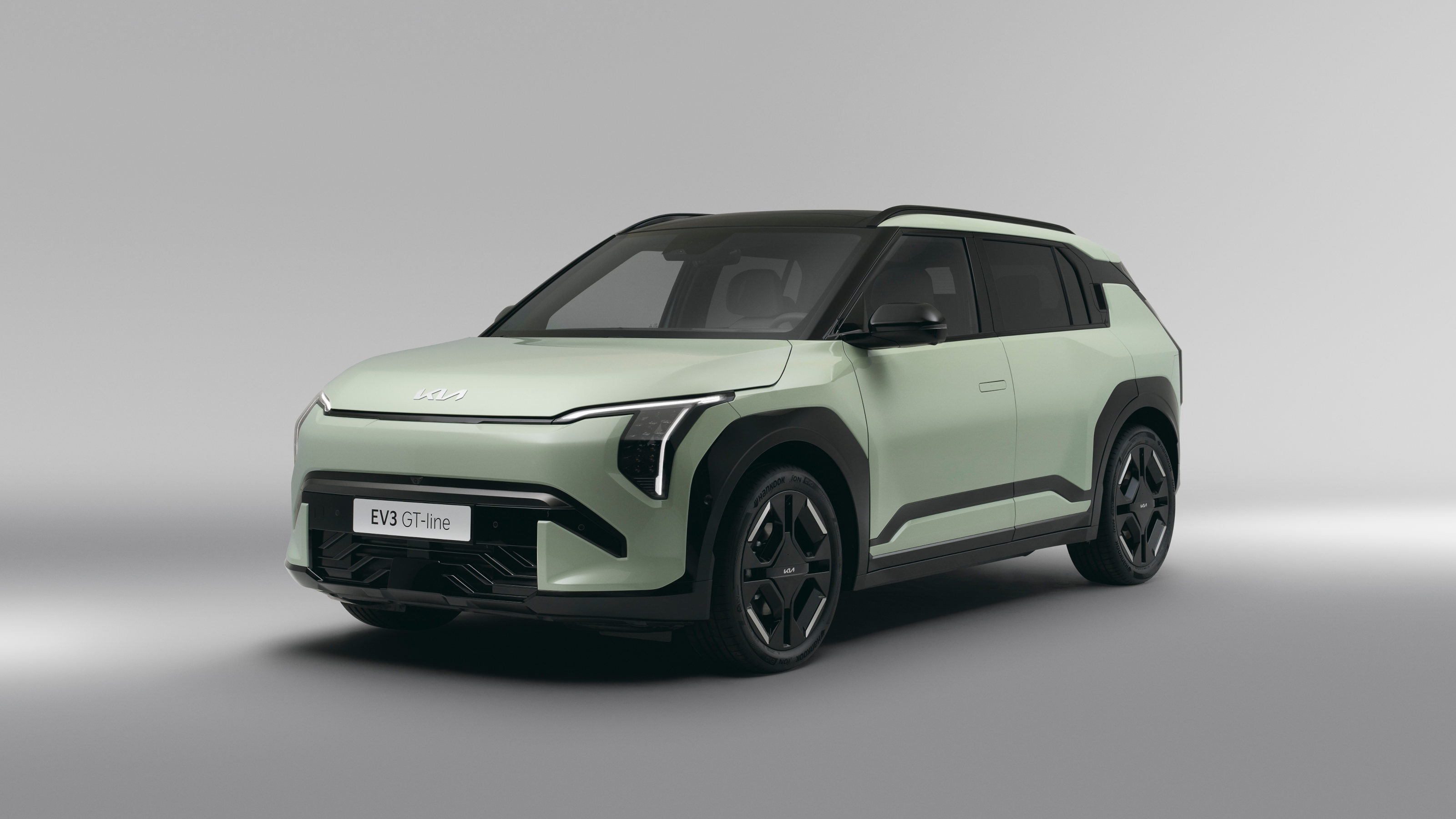 New Kia EV3 shows how the Korean brand’s bold aesthetic approach works at any scale
New Kia EV3 shows how the Korean brand’s bold aesthetic approach works at any scaleThe newly revealed Kia EV3 has all the chunky, geometric appeal of the bigger EV9 in a compact and clever package
-
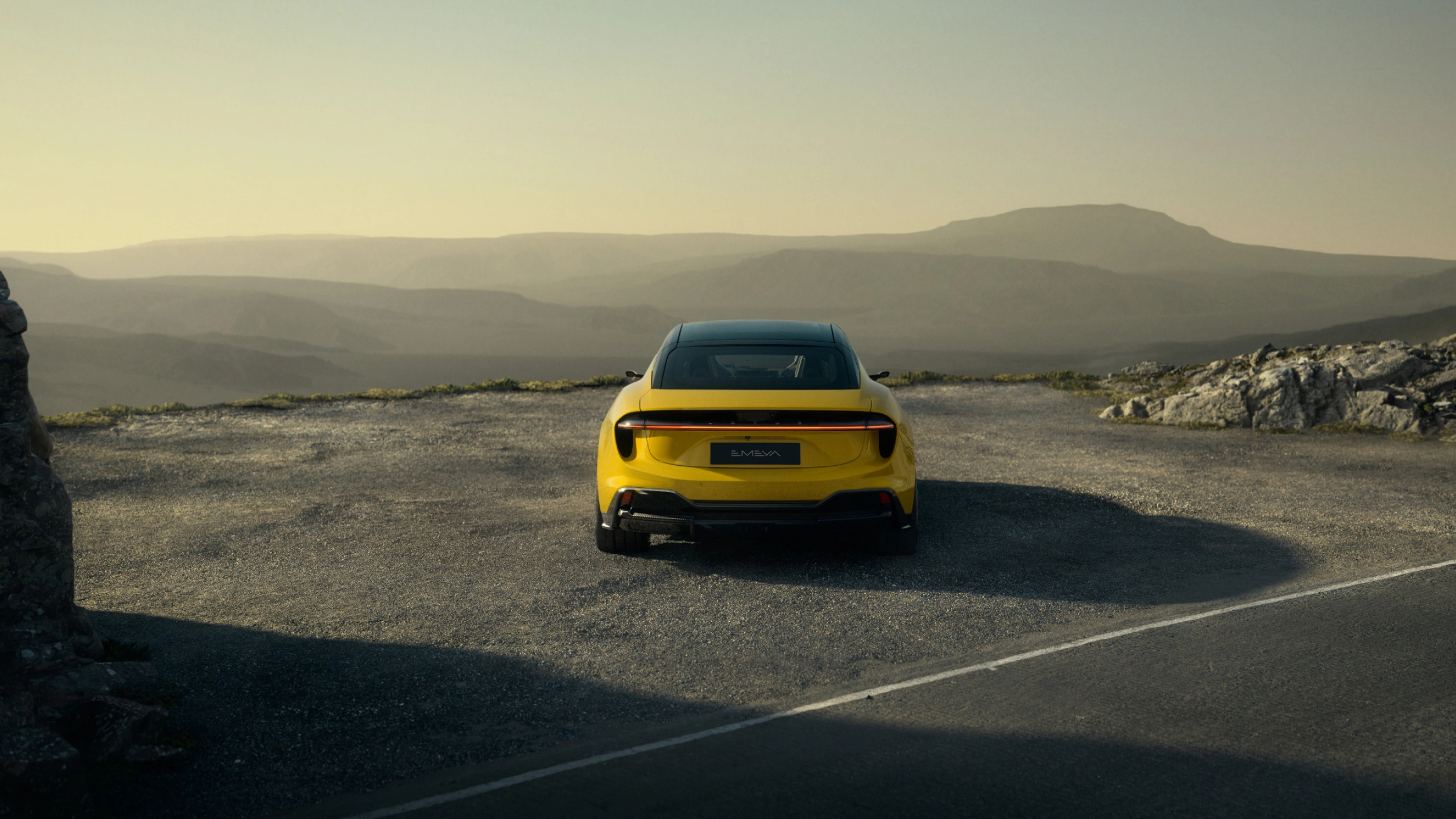 24 transportation design innovations for 2024
24 transportation design innovations for 2024From electric cars to new airports and sports boats, here’s a non-exhaustive list of 24 of the most interesting transportation design innovations to expect in the coming year
-
 Volvo EM90 is the brand’s all-electric first foray into the Multi-Purpose Vehicle
Volvo EM90 is the brand’s all-electric first foray into the Multi-Purpose VehicleSo far only China will get the new Volvo EM90 MPV; we think it has global potential
-
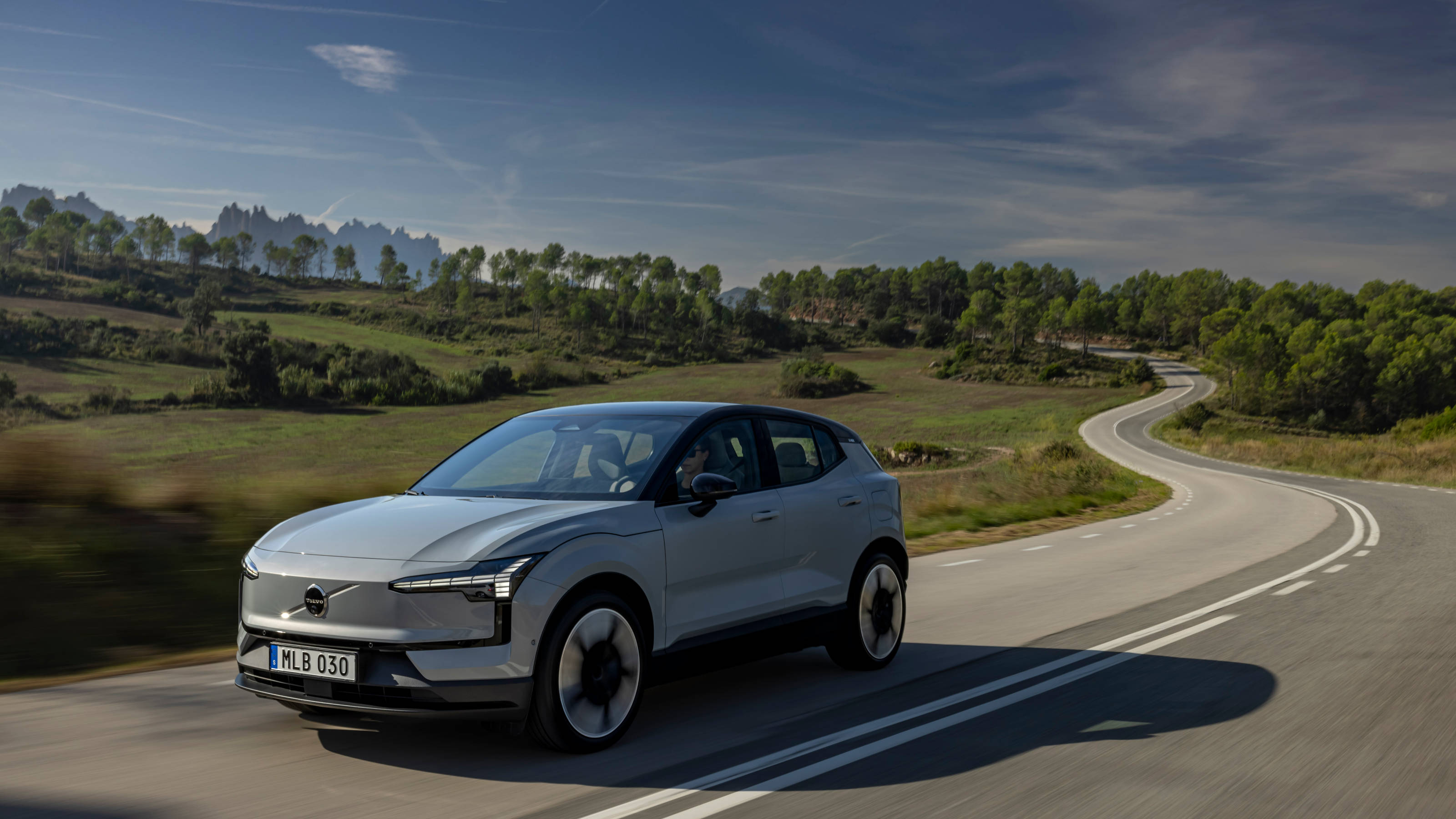 New downsized Volvo EX30 is the brand’s most drivable car – is it also its most desirable?
New downsized Volvo EX30 is the brand’s most drivable car – is it also its most desirable?If you’re searching for an EV that’s small on footprint – both physically and environmentally – the new Volvo EX30 is definitely worth a closer look
-
 Volvo EX30 squeezes new materials and world-leading safety into a compact EV
Volvo EX30 squeezes new materials and world-leading safety into a compact EVThe new Volvo EX30 is the smallest car in Volvo’s range. The full electric SUV provides a compelling mix of forward-thinking interior design with innovative materials and Google technology